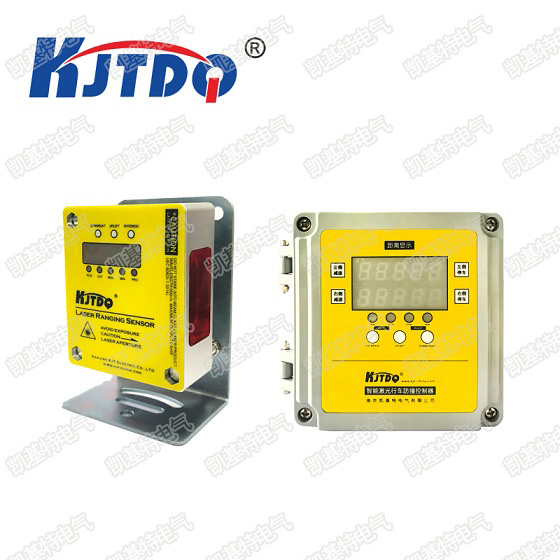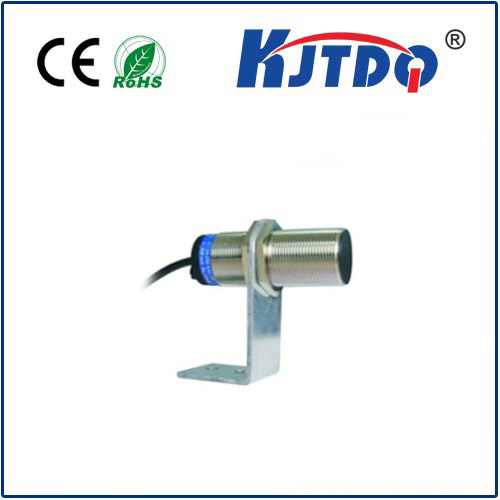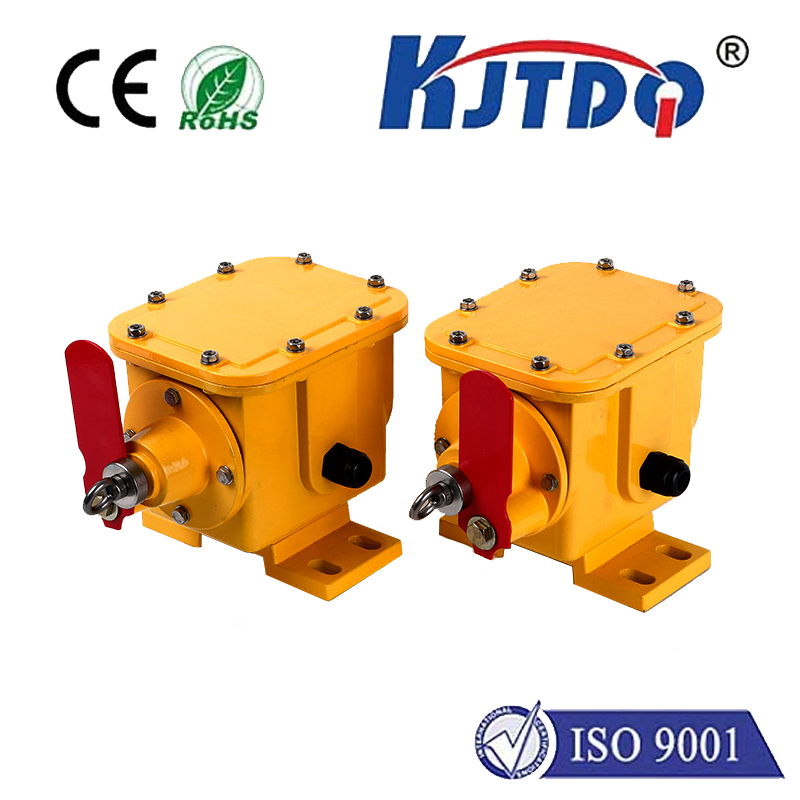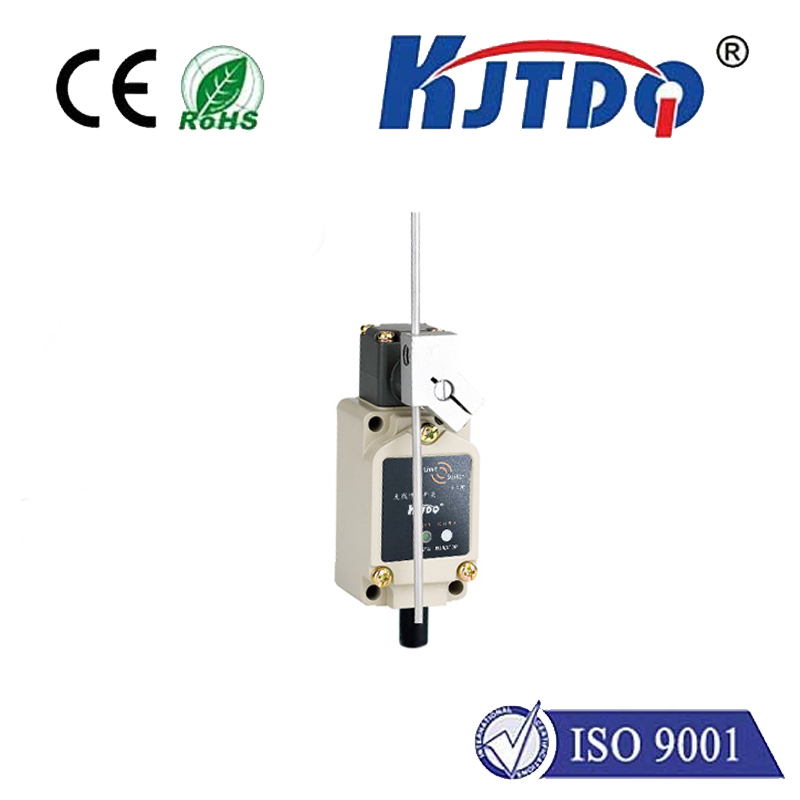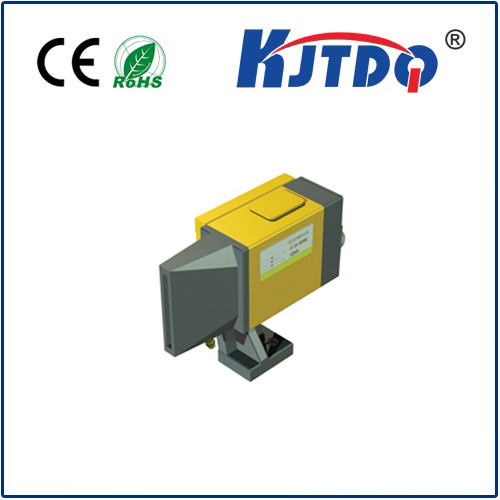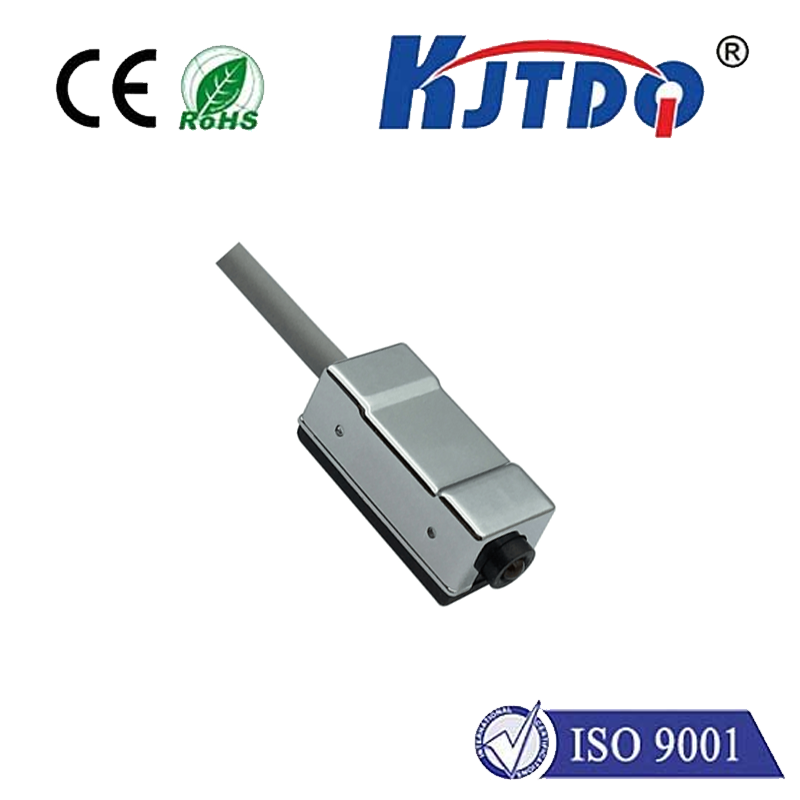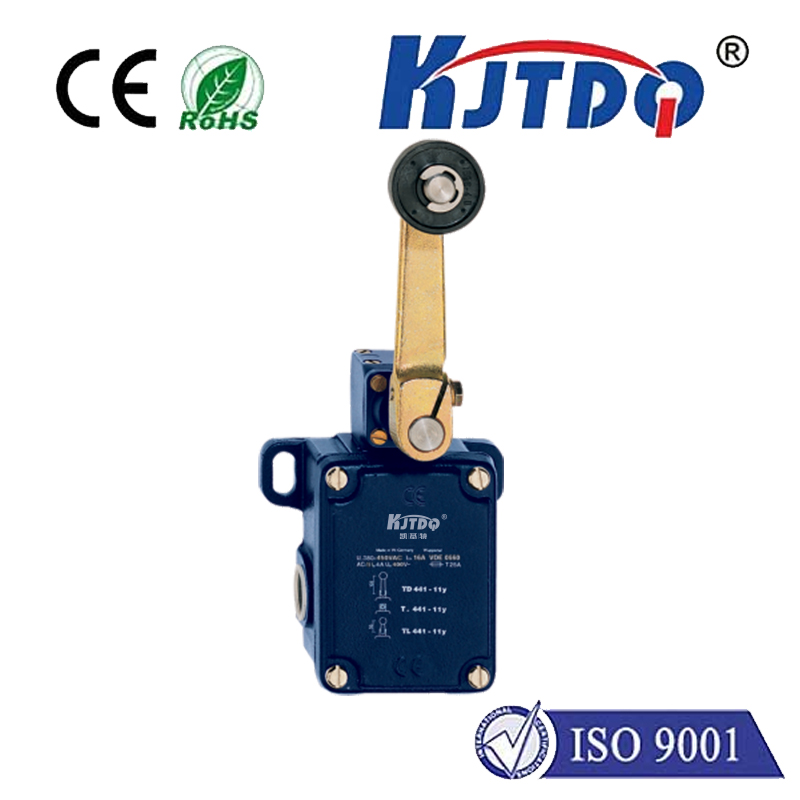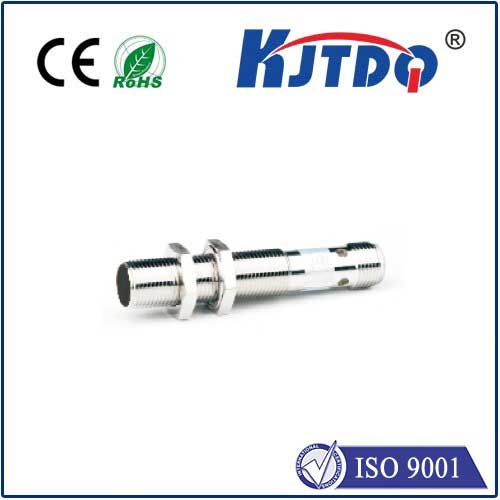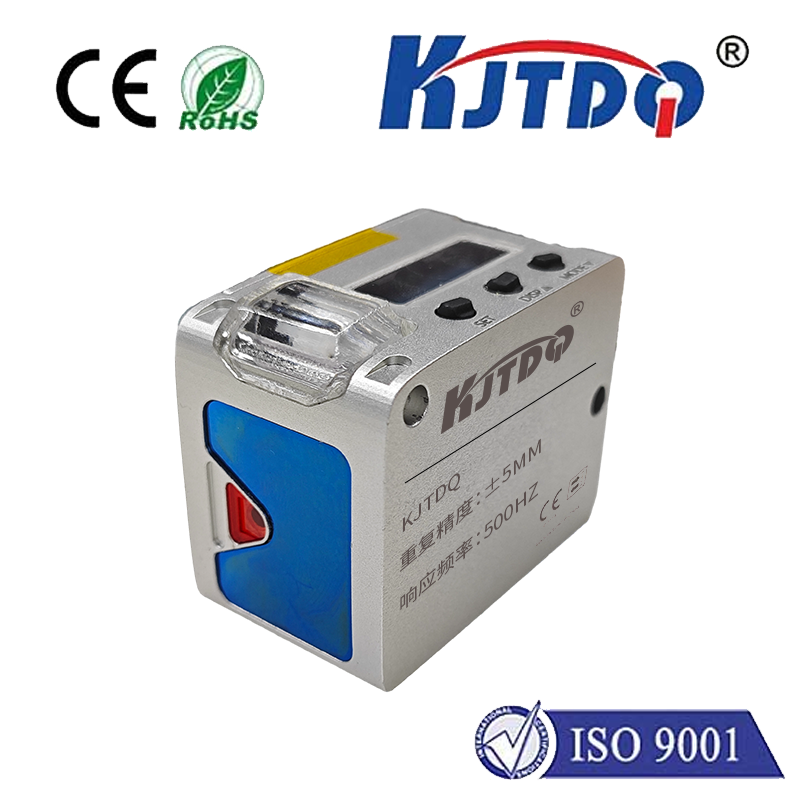sensor lj12a3 4 z by
- time:2025-07-17 08:21:13
- Click:0
Demystifying the LJ12A3-4-Z/BY Inductive Proximity Sensor: Your Reliable Non-Contact Detection Solution
Imagine a bustling factory floor where precision matters down to the millimeter. Metal parts whizz by on conveyor belts, robotic arms perform intricate tasks, and automated systems depend on flawless timing. At the heart of this synchronized dance? Sensors. Specifically, inductive proximity sensors like the LJ12A3-4-Z/BY, silently ensuring components are present, positions are correct, and processes run smoothly without a single touch. This unassuming device is a cornerstone of modern industrial automation, offering robust, non-contact metal detection critical for efficiency and safety.
Understanding the LJ12A3-4-Z/BY: Breaking Down the Code
The model name “LJ12A3-4-Z/BY” isn’t just random letters and numbers; it’s a code revealing the sensor’s key characteristics:
- LJ: Likely denotes the manufacturer or series (commonly associated with specific Chinese manufacturers producing affordable industrial sensors).
- 12: Indicates the sensor’s cylinder diameter, in this case, 12mm. This is crucial for mounting considerations.
- A3: Often signifies the sensing distance. For many inductive sensors in this family, A3 typically corresponds to a nominal sensing range of 4mm. Always verify the manufacturer’s datasheet for precise specifications.
- 4: Usually refers to the electrical connection type or output configuration. “4” commonly indicates a 3-wire DC configuration.
- Z: Frequently designates the output state. “Z” usually means the sensor has a Normally Open (NO) output logic. When a metal target enters the sensing range, the output switches ON.
- /BY: Often specifies the output transistor type. “BY” typically signifies a PNP (Sourcing) output transistor. This means the sensor provides a positive voltage (+V) on its signal wire when active, compatible with PLCs and controllers requiring a sourcing input.
Therefore, the LJ12A3-4-Z/BY is generally understood to be a:
- 12mm cylindrical inductive proximity sensor
- With a nominal sensing distance of approximately 4mm
- Operating on DC voltage (typically 10-30V DC)
- Featuring a 3-wire connection
- Providing a PNP, Normally Open (NO) output signal.
Core Technology: How the LJ12A3-4-Z/BY Works
Like all inductive proximity sensors, the LJ12A3-4-Z/BY operates on the principle of electromagnetic induction. Its key component is an oscillator coil housed within the sensing face. When powered, this coil generates a high-frequency electromagnetic field. When a ferrous or non-ferrous metal target enters this field, eddy currents are induced on the target’s surface. This interaction causes a measurable change in the oscillator’s amplitude or frequency. The sensor’s integrated circuitry detects this change and triggers the PNP switching output.
Crucially, this sensing is entirely non-contact. There’s no physical interaction or wear between the sensor and the target, leading to exceptional longevity and reliability – a major advantage over mechanical switches. These sensors are also renowned for their resistance to harsh industrial environments, featuring robust stainless steel or nickel-plated brass housings that protect against vibration, dust, moisture (often rated IP67), and cutting fluids/oils.
Key Strengths and Applications of the LJ12A3-4-Z/BY
The specific configuration of the LJ12A3-4-Z/BY makes it a versatile and highly popular choice for numerous automation tasks:
- Position Sensing & Verification: Detecting the presence or absence of metal parts: Are pistons fully extended/retracted? Is a pallet in position? Is a part present on a fixture or conveyor?
- End-of-Travel & Limit Detection: Signaling when a moving mechanism (like a slide or cylinder) has reached its designated end position.
- Count Object/Part Counting: Accurately counting metal parts passing by on a production line.
- Speed Monitoring: Detecting the teeth of a rotating metal gear or sprocket to calculate rotational speed.
- Level Detection: Monitoring the level of metal powders or detecting metal floats within tanks (depending on construction).
- Machine Safety: Acting as part of interlocks to confirm guards are closed or equipment is clear before starting a cycle.
Why Choose the LJ12A3-4-Z/BY?
Several factors contribute to its widespread adoption:
- Simple Integration: The 3-wire DC (brown= +V, blue= 0V/GND, black= Signal) and PNP NO output are standard industry configurations, ensuring straightforward connection to Programmable Logic Controllers (PLCs), counters, timers, and most industrial control systems.
- Robustness & Reliability: Built to withstand tough factory conditions where dust, moisture, vibration, and temperature fluctuations are common. Long operational life due to non-contact operation.
- Affordability: Compared to more complex sensor types, inductive proximity sensors like the LJ12A3-4-Z/BY offer a highly cost-effective solution for reliable metal detection.
- Fast Response: Capable of detecting targets at high speeds, making them suitable for rapid processes.
- Compact Size: The 12mm diameter allows for installation in relatively tight spaces.
Important Considerations When Using the LJ12A3-4-Z/BY
While highly reliable, optimal performance depends on correct application:
- Target Material: Inductive sensors are primarily designed for metals. Detection distance can vary significantly between ferrous (iron, steel) and non-ferrous (aluminum, copper, brass) metals, typically being shorter for non-ferrous. The 4mm nominal sensing distance listed for the LJ12A3-4-Z/BY usually refers to mild steel.
- Mounting: Proper flush or non-flush mounting as per the datasheet is essential to achieve the rated sensing distance. Nearby metal objects can interfere with the sensing field.
- Operating Voltage: Ensure the power supply matches the sensor’s specification (commonly 10-30V DC). Incorrect voltage can cause malfunction or damage. Always include a suitable current-limiting resistor when connecting to an indicator LED.
- Load Compatibility: While capable of driving relays directly in some cases, always check the sensor’s maximum load current against your load (like a PLC input or relay coil) to ensure it’s not exceeded.
- Environment: While robust, extreme conditions, strong electromagnetic fields, or welding arcs nearby might require additional shielding or sensor types.
The Essential Workhorse of Automation
The LJ12A3-4-Z/BY inductive proximity sensor exemplifies the reliable, unsung heroes powering industrial automation. Its straightforward design, based on proven electromagnetic induction technology, combined with its robust housing, standard PNP NO output, and 3-wire DC simplicity, makes it an indispensable tool for machine builders and maintenance engineers alike. From verifying part presence to ensuring machine safety and enabling precision control, this compact sensor plays a vital role in countless applications. Understanding its specifications and operating principles is key to harnessing its full potential for creating efficient, reliable, and safe automated systems. Whether you’re troubleshooting an existing line or designing new equipment, the LJ12A3-4-Z/BY deserves recognition as a fundamental component in the world of non-contact sensing.





